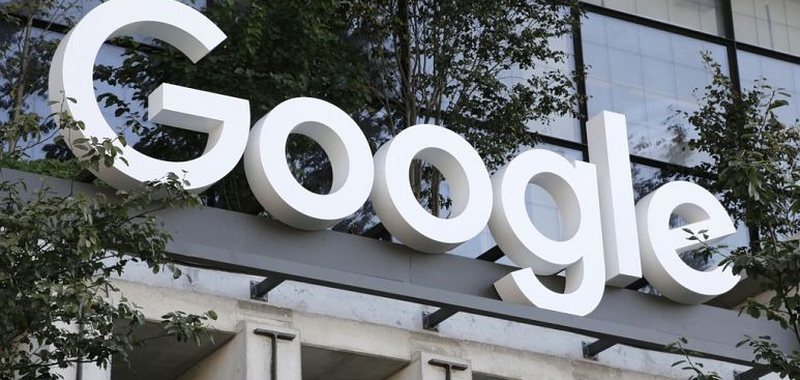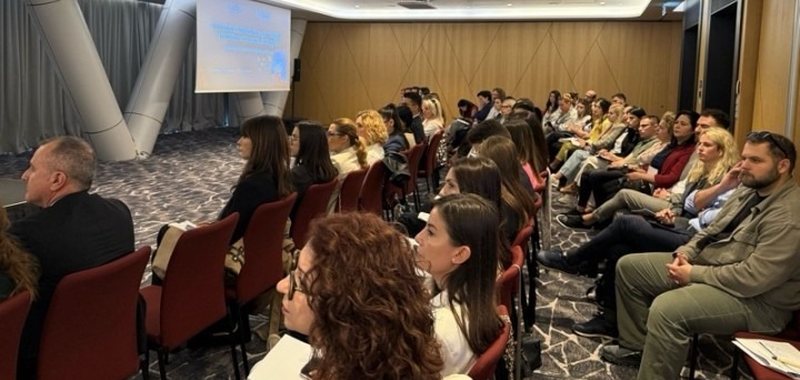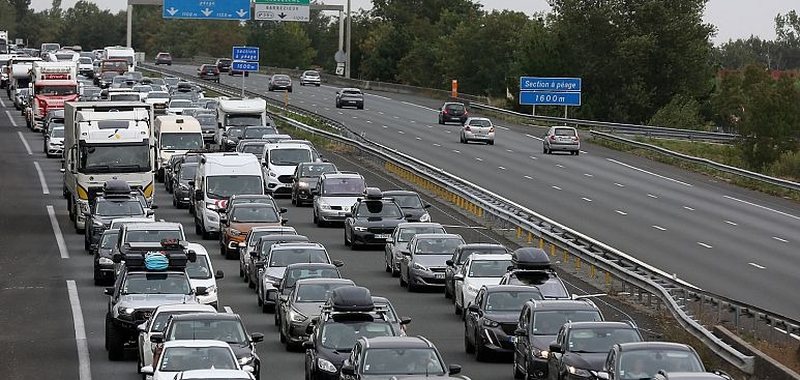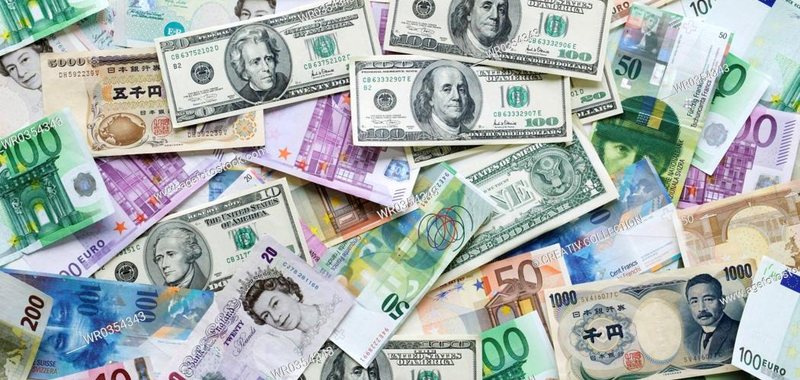Fed leaves interest rates unchanged - Inflation and high unemployment increase the risk of stagflation in the US

The Federal Reserve kept its target rate at 4.3% for the third straight meeting, after cutting it three times in a row late last year. Many economists and Wall Street investors still expect the Fed to cut rates this year.
During a press conference after the policy statement was released, Chairman Jerome Powell noted that the tariffs have dampened consumer and business sentiment but have not yet significantly damaged the economy. At the moment, Powell said, there is too much uncertainty to say how the Federal Reserve should respond to the charges.
"If the large rate hikes that have been announced are sustained, they are expected to generate high inflation, slowing economic growth and a rise in unemployment," Powell said. "The impacts could be temporary or more permanent. There are so many things we don't know. We are in a good position to wait and see," he added.
It is unusual for the Federal Reserve to face the risk of higher prices and rising unemployment at the same time. Typically, rising inflation occurs when consumers spend freely and businesses, unable to meet all the resulting demand, raise their prices, as happened after the pandemic. Meanwhile, rising unemployment occurs in a weaker economy, which usually slows spending and reduces inflation.
A combination of higher unemployment and inflation is often called “stagflation” and strikes fear into the hearts of central bankers because it is difficult for them to handle both challenges. This last happened in a sustained manner during the oil shocks and recessions of the 1970s.
However, most economists say Trump's sweeping tariffs pose the threat of stagflation. Import taxes could increase inflation by making imported parts and finished goods more expensive, while also increasing unemployment, forcing companies to cut jobs as their costs rise.
The Federal Reserve's goals are to keep prices stable and maximize employment. Typically, when inflation rises, the Federal Reserve raises interest rates to slow borrowing and spending and reduce inflation. If job losses increase, the Fed will lower interest rates to spur more spending and growth. At the start of the year, analysts and investors expected the Federal Reserve to cut its benchmark rate two or three times this year as the inflation surge that followed the pandemic continued to subside.
Some economists also think the Fed should cut interest rates in anticipation of slower growth and worsening unemployment from tariffs. But Powell is confident that, with the economy in good shape right now, there is no need for change.
A few months ago, many analysts also expected the economy to reach a "soft landing," in which inflation would finally fall back to its 2% target, while unemployment would remain low amid strong growth.

Google split "unites" US and EU - US legal case could trigger bloc's competition probes
The call by competition law enforcers in the United States to break up Google could embolden the EU as the bloc seeks to push forward its own......

New Data Protection Law/ Dervishi: "It marks great progress, now the challenge is its full implementation!"
The Office of the Commissioner for the Right to Information and Personal Data Protection co-organized with the American Chamber of Commerce (AmCham) an......

External debt reaches 6.4 billion euros - Over 81% is in the common European currency. Impact, Eurobond
The external debt that the government has taken on to meet its financing needs, mainly related to investments in infrastructure and public services, amounts......

“Getting a loan is less difficult” - BoA: Approval procedures were easier for businesses in the second half of 2024
In the second half of 2024, the process of obtaining a loan from banks has not been very difficult for businesses. The latest Bank of Albania survey on......

42 billion lek for road transport - The main projects where the money was spent last year
Expenditures on road transport reached 42 billion lek in 2024, or 100% of the funds planned for this purpose. According to data from the Budget Monitoring......

US trade deficit hits record low - Agricultural exports see significant decline
The US trade deficit widened by 14 percent to a record $140.5 billion in March as businesses stockpiled goods in anticipation of President Donald Trump's......

New Technology and Economic Development Zone in Shijak - Operating period, 35 years. What activities will be carried out?
The government has approved the declaration of a technology and economic development zone, as well as the developers of the zone located in Xhafzotaj,......

The 'free fall' in the exchange rate continues - What happened to the major currencies today?
The US dollar has not managed to change its declining curve for some time now, even this Thursday, as it was bought today compared to yesterday at 86 lek and......





















